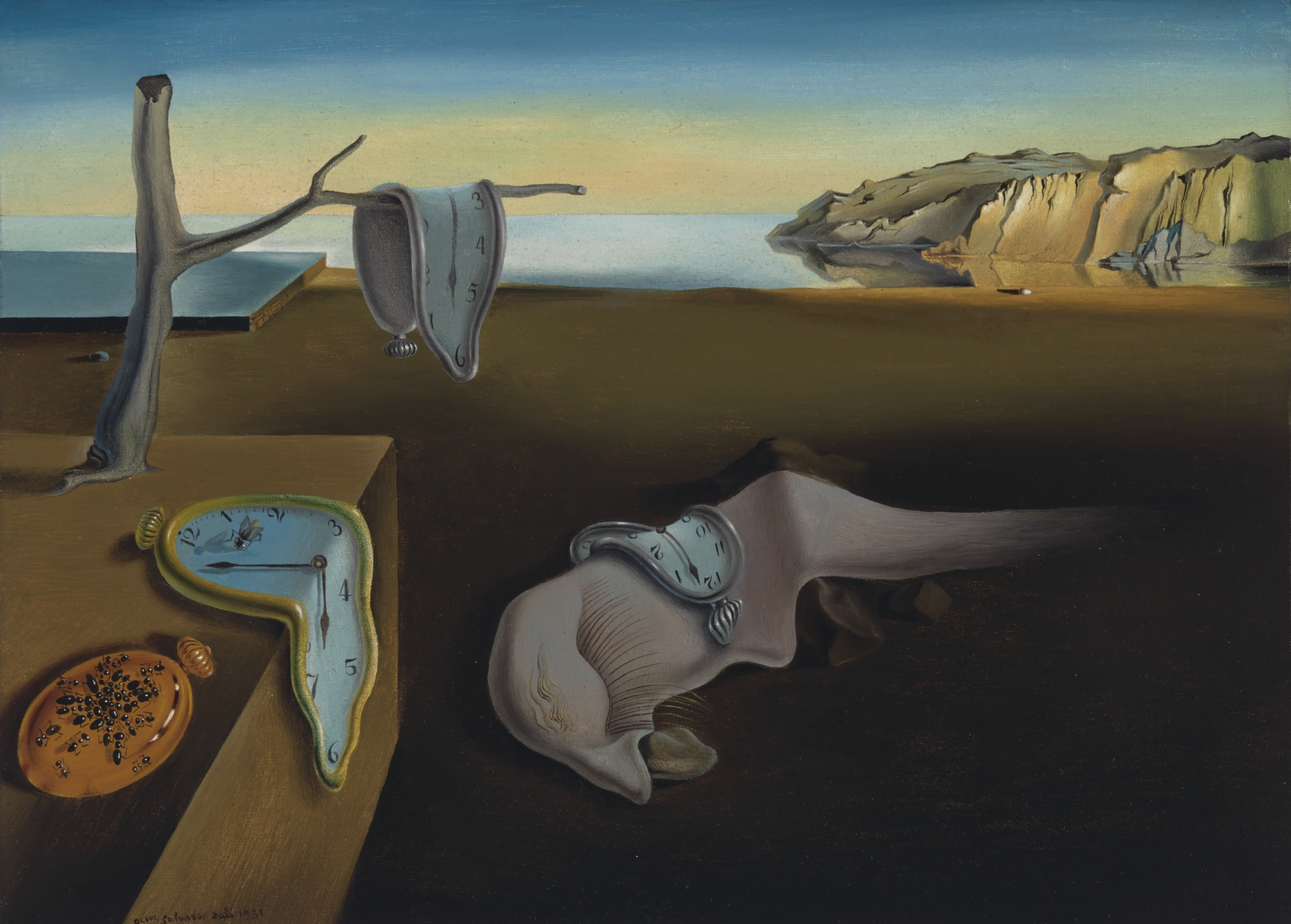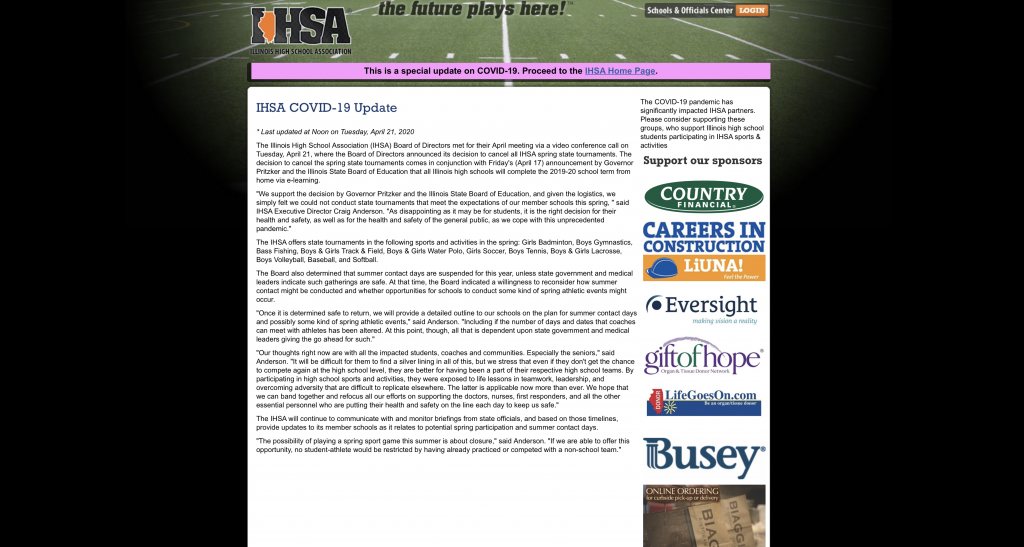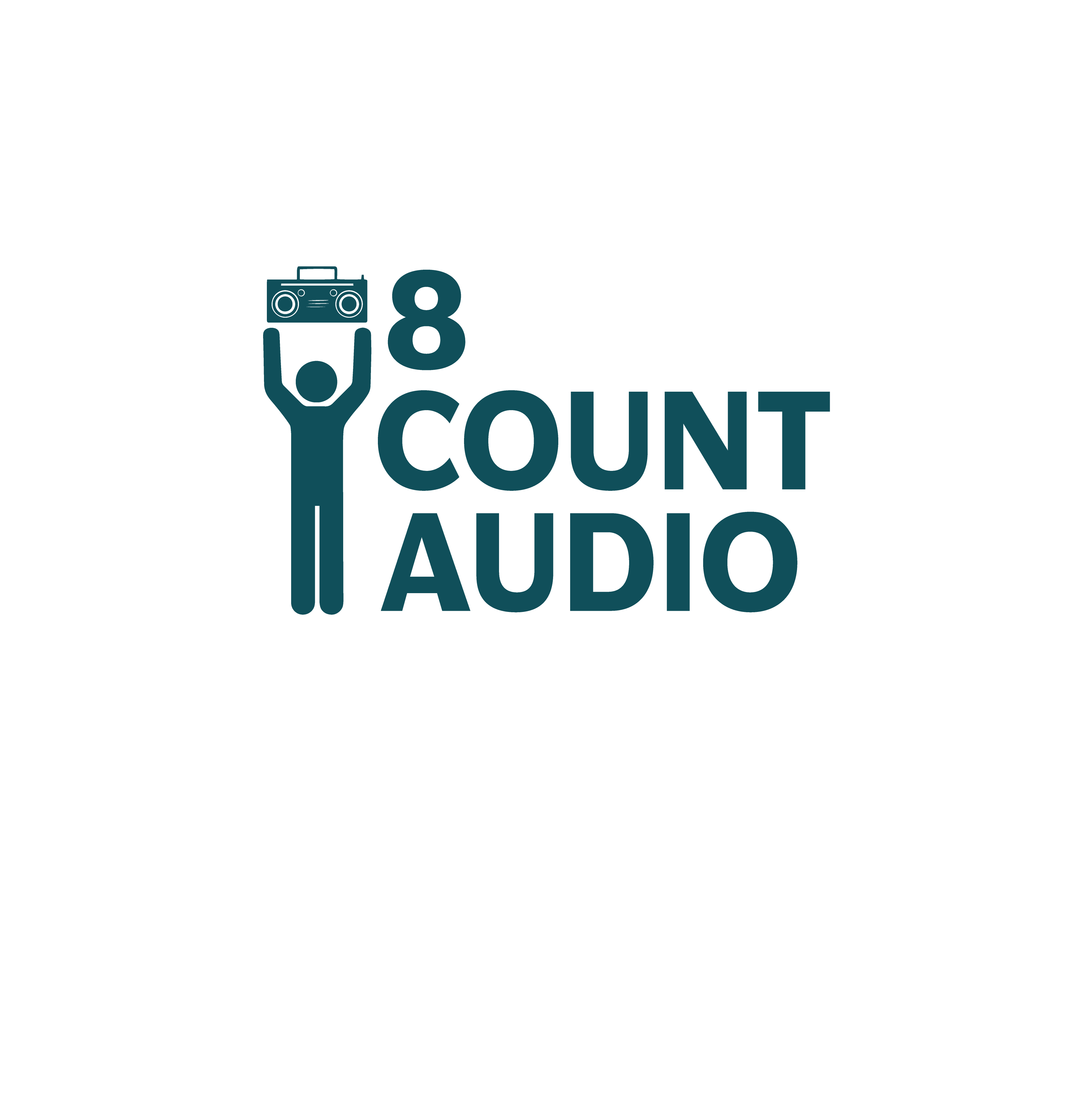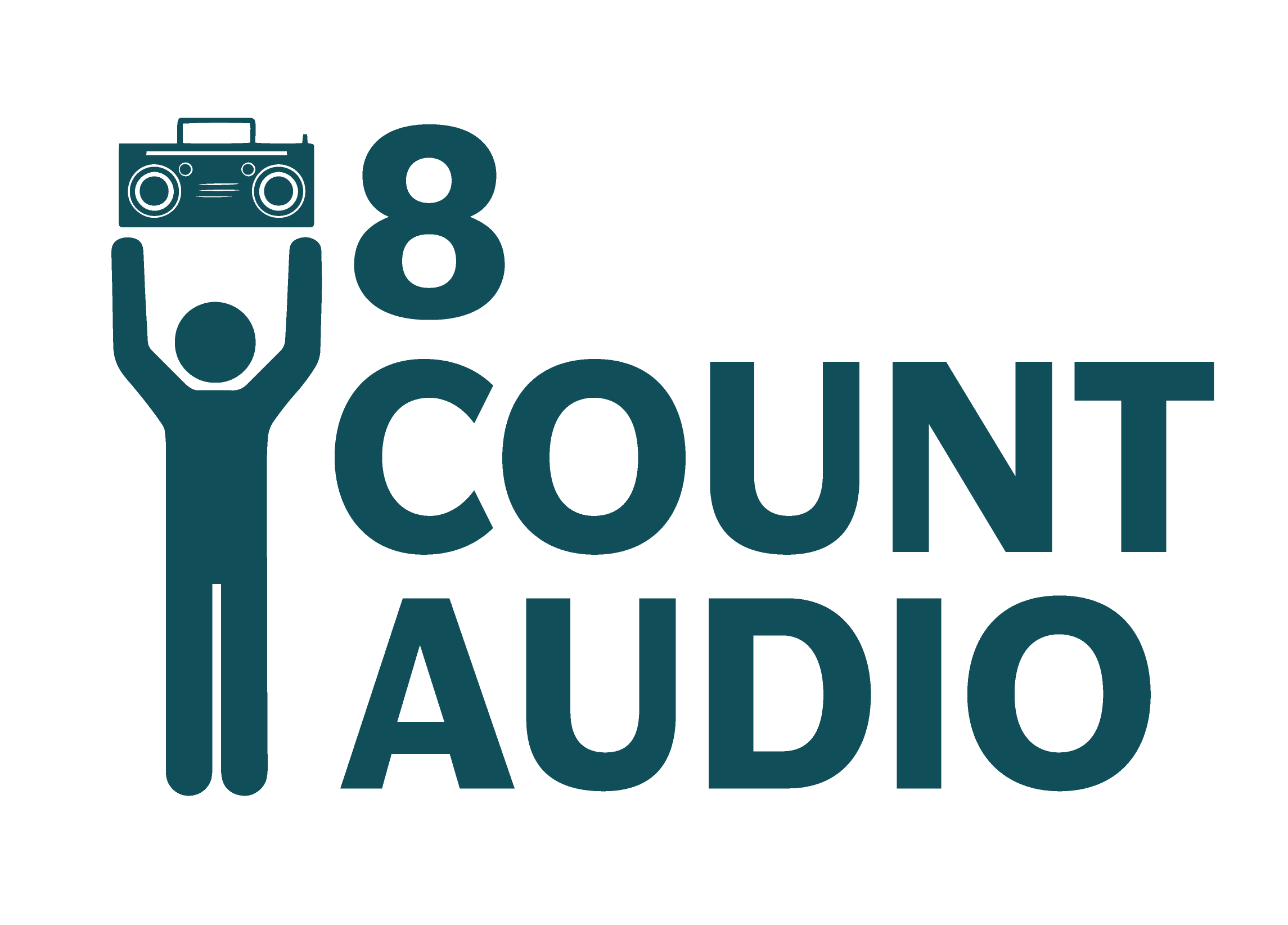
Illinois dance teams are in a bewildering mix of situations right now
by Norm Ramil, 8CA main person and dance team fan
5/21/20 11:05am
Right after both IHSA and IDTA state in February, dance teams around Illinois start dreaming of next season’s dances, music, and costumes. Vows and oaths to get better at technical skills float through the air, zipping between overworked phones as texts and app messages. And that’s just the teams that took the trip to Bloomington and Springfield. Teams that didn’t qualify had an extra week to sit and ponder how they could get to state next year.
There’s always a wide spectrum of how and when teams handle their early offseason activities (banquets, open gyms, tryouts, picking music and designing routines). Some teams launch everything in March at the same time that other teams are holding their celebrations and banquets. Other programs hold off on tryouts until May…or even early June, the time when other teams are already packing for camp. It’s all a matter of rest, gym availability, and everyone’s schedules and preferences.
Enter the tragedy of COVID-19. It took lives, it threatened lives, it exposed our weaknesses, and it upended the world.
We were lucky that IHSA and IDTA got their state competitions in before the shutdown. Indiana’s (scheduled for mid-March) got canceled at the last minute. College teams were supposed to compete in early April.
For Illinois high school dance teams, the critical spring season ground to a halt. It remains frozen, hanging in the air like a pom toss that won’t come down to complete its arc.
A variety show
Teams are caught in a crazy array of situations. The fixes are few, and those that exist aren’t exactly great options. Can we take a sec and pat all these teams on the back for finding ways to make it work?
Many teams eventually settled on virtual tryouts, while a few are holding out hope for in-person tryouts. Some schools have even prohibited the virtual option. Teams have met and organized on Zoom for introductory meetings and even virtual team workouts or open gyms. Other teams have met virtually, but can’t practice virtually for safety and insurance reasons identified by their schools and districts. Still other teams are completely shut down except for hopeful Instagram posts.
With such an array of different team scenarios right now, it’s not surprising that any path forward will depend on multiple layers of authority. It’s not just the state or IHSA. It’s individual ADs, school administrators, districts, and even athletic conferences. Even within conferences that have frozen everything, the different approaches among the dance teams is pretty stunning.
Sorting it all out
Let’s lay out what we know, what we don’t know, and what we’re hoping for.
What We Know:
This week, NFHS put out a gradual opening-up policy for high school sports, nicely outlined in the Sun Times article of 5/19. The main feature of Phase 1 and 2 would be small “pods” of the same 5 to 10 athletes always working out together, and a cap of 10 people together if indoors. Phase 2 lets you have 50 if it’s outside, and Phase 3 goes up to 50 for indoor practices, too.
As of this writing (the morning of 5/21/20), the most definitive policy by IHSA is its April 21st announcement that all summer contact days are suspended. They mentioned a willingness to revise that position as the wider situation changes and as they get new directions from the state.

That probably means that until the suspension is lifted, teams won’t be practicing together in their gyms or dance rooms or running the track or doing reps to classic rock songs in the weight room.
I say probably because…
What No One’s Really Figured Out:
What a contact day is and is not.
No, really. Every summer there’s real confusion—some innocent, some strategic—about what these words mean: “contact day,” “no contact,” “dead week,” “country thunder” (just kidding about the last one) (seriously….have you heard a country playlist in the past 15 years? It’s all so slowwwwww, mainly drizzle and rarely any thunder).
Back to summer contact days. I’m sure there are official definitions and dates somewhere, and the topic definitely deserves its own post.
Over the years, I’ve seen a crazy-wide variety of interpretations of August’s infamous “dead week”—when it starts and ends, what coaches can do and not do, what teams can do and not do, even which sports it applies to or supposedly does not.
Obviously no one’s team is going to be gathered in the same room any time soon. But for now, we can take some cues from that “no contact week” confusion that comes up every August and apply it to an entire summer where “contact days” are “suspended.” Ready? Here we go:
Can coaches still run their team’s virtual events? Can coaches even communicate with their teams? Can teams practice virtually but just minus their coach? Are all team activities shut down, or just the sport-sy ones where you should probably shower afterwards? What about virtual team flexibility workouts, or yoga, or playing the Friends edition of Trivial Pursuit as a team bonding activity?
What We’re All Hoping For:
As May 19th’s Sun Times article pointed out, IHSA tends to closely follow NFHS, so I’m basing these hopes on that assumption.
Hope 1: Maybe sometime in mid or late June we see every dance team finally with a roster. Small groups of 5 to 10 dancers are safely spaced apart in dance rooms and gyms around the state. Maybe 2 groups are in different rooms linked by video. Coaches, along with maybe technique instructors or choreographers, are there to help dancers with conditioning, technique, and skills. At home, whole teams continue to meet and practice virtually.
Hope 2: Long after this pandemic ends, everyone continues to legit wash their hands, cough into their sleeves, and look out for each other.
On paper, a winter sport and kind of a fall one. In reality…
Summer’s crucial to what dance teams do during the winter. It’s a year-round sport where technical skills—and results on the comp floor—have a lot to do with what an athlete learned at age 4. We all know that good routines performed by solid dancers aren’t crafted between October 28 and the first comps in early November. The summer contact period for dance, starting on “June 3 or the last day of school” through August 4, allows for full-on comp routine development. Teams need that time, even virtually.
We all want to get to state. The starting points are always different for every team in any year, yes. This year, that difference is off the charts. We can still make something out of this weird, truncated summer, if only we can straighten out our definitions, stay creative and safe when designing paths forward, and keep in mind that so many dance teams are in radically different scenarios and conditions. Let’s balance out today’s chaos with virtual summer contact days.

